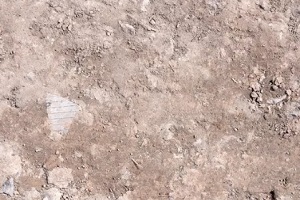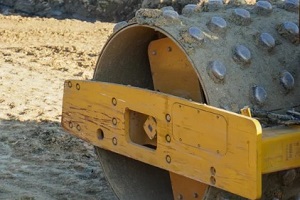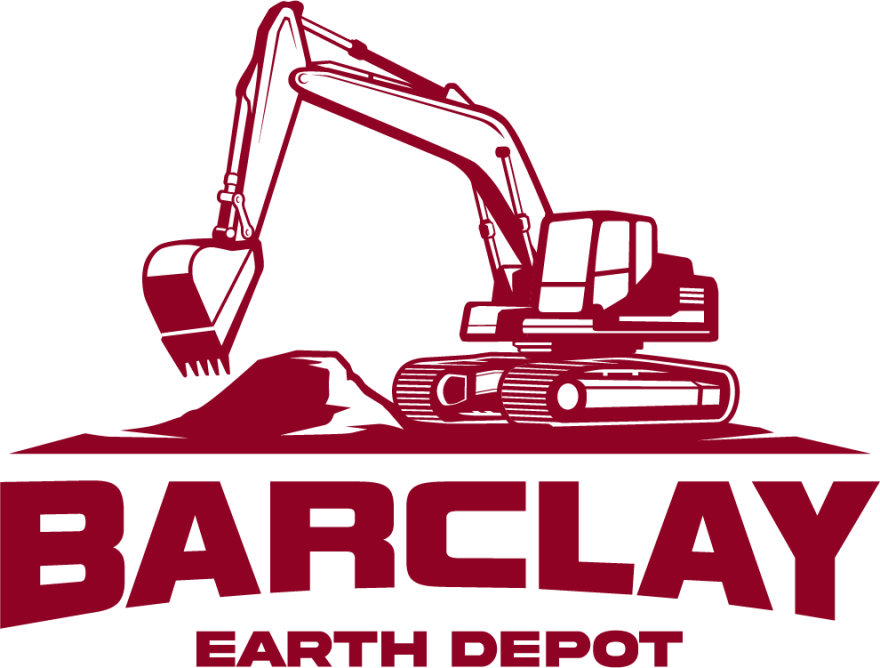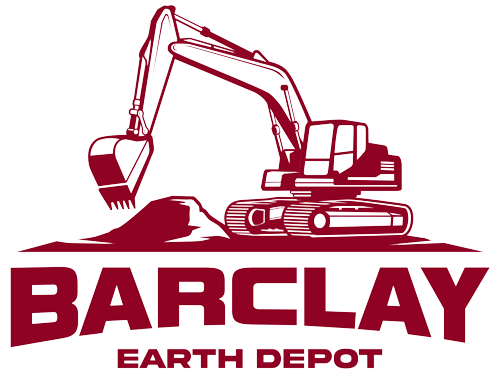 Fill dirt plays a vital role in maintaining stability and structural integrity for various landscaping and construction projects. By providing support, preventing erosion, and encouraging proper drainage, stable and firm fill dirt contributes to the overall success and longevity of your projects.
Fill dirt plays a vital role in maintaining stability and structural integrity for various landscaping and construction projects. By providing support, preventing erosion, and encouraging proper drainage, stable and firm fill dirt contributes to the overall success and longevity of your projects.
Understanding Fill Dirt Composition
Understanding the composition of fill dirt is essential, as it consists of different soil types, each with unique characteristics that can impact their suitability for specific projects:
- Sandy soil: Though it’s known for excellent drainage, sandy soil may not have the cohesion and stability needed for certain projects.
- Clay soil: While it has a high load-bearing capacity, it can become soft when wet and hard when dry, making it unsuitable for some applications due to waterlogging issues.
- Silty soil: Silty soil has a smooth texture but can be slippery when wet and soft when dry, limiting its use in some projects.
- Loamy soil: A well-balanced, nutrient-rich blend of sand, clay, silt, and organic matter, it is a popular choice for many projects thanks to its excellent drainage and load-bearing capabilities.
Preparing Your Fill Dirt for Hardening
Choosing the right fill dirt for your project is crucial for success. First, consider the specific requirements of your project, such as drainage, weight-bearing capacity, and compatibility with the existing soil. Because of its balanced composition and excellent load-bearing capabilities, loamy soil is often the go-to choice.
Before you start hardening your fill dirt, it’s crucial to grade and level the area properly. Grading helps guide water away from structures, preventing issues like pooling or waterlogging. Leveling, on the other hand, creates a consistent surface for construction or landscaping, which promotes stability and ensures the longevity of your project. To achieve a smooth and even surface, use the right equipment, such as a skid-steer loader or a grading rake.
Enhancing Fill Dirt Stability
Here are some key methods and techniques for improving fill dirt stability, ensuring your landscaping and construction projects benefit from a solid foundation and long-lasting support.
Incorporate Organic Material
 Rich in organic matter and nutrients, compost binds soil particles together, increasing its load-bearing capacity. It also helps with water retention in sandy soils and drainage in clay soils. Just apply a generous layer and mix it in thoroughly.
Rich in organic matter and nutrients, compost binds soil particles together, increasing its load-bearing capacity. It also helps with water retention in sandy soils and drainage in clay soils. Just apply a generous layer and mix it in thoroughly.
Similarly, well-decomposed manure is another excellent source of organic matter that can enhance fill dirt stability. It not only improves soil structure but also provides essential nutrients. Just be sure the manure is well-decomposed before adding it to avoid unpleasant odors or introducing weed seeds.
Apply Soil Amendments
Applying lime can help neutralize the pH and improve stability if your fill dirt is acidic. Lime also aids in breaking down heavy clay soils, making them more workable and less prone to waterlogging. Be sure to conduct a soil test and consult an expert to determine the appropriate amount of lime to add.
Conversely, for alkaline fill dirt, you can apply sulfur to lower the pH and create a more balanced soil environment. Acidifying the soil can improve its structure and stability. As with lime, always conduct a soil test before applying sulfur and consult an expert to determine the correct amount.
Integrate Soil Additives
Your fill dirt may lack essential micronutrients like boron, chlorine, copper, iron, manganese, molybdenum, and zinc, which play a role in improving soil health and stability. A soil test can help identify deficiencies, allowing you to make targeted adjustments.
Additionally, your fill dirt may need macronutrients such as nitrogen (N), phosphorus (P), and potassium (K) to improve stability. Soil tests can identify nutrient imbalances, and you can use fertilizers to address these deficiencies.
Employ Compaction Techniques
Mechanical compaction is a widely used method for hardening fill dirt, particularly in construction projects. Compactors, rollers, and other heavy equipment apply pressure to compress the soil, increasing its density and load-bearing capacity. This method is especially effective in large areas where a manual approach might be inefficient or impractical.
 Manual tamping is an effective way to improve fill dirt stability for smaller projects or areas where you can’t use heavy equipment. Tamping involves using hand tampers or other manual tools to compact the soil, increasing its density and stability. While it requires more physical effort, this method is suitable for smaller landscaping projects or garden beds.
Manual tamping is an effective way to improve fill dirt stability for smaller projects or areas where you can’t use heavy equipment. Tamping involves using hand tampers or other manual tools to compact the soil, increasing its density and stability. While it requires more physical effort, this method is suitable for smaller landscaping projects or garden beds.
Barclay Earth Depot: Your Trusted Partner for Quality Fill Dirt
Hardening fill dirt is vital for the success and longevity of various landscaping and construction projects. Understanding fill dirt composition, properly preparing it for hardening, and using the right methods to improve stability are critical factors in achieving the best possible outcome.
The dirt experts at Barclay Earth Depot have extensive experience and knowledge in hardening fill dirt. If you’re unsure about the proper methods or need advice, our team is here to help. Reach out to us today at (941) 933-4448 or online for top-notch service, expert advice, and to get premium quality fill dirt for your landscaping and construction projects.

